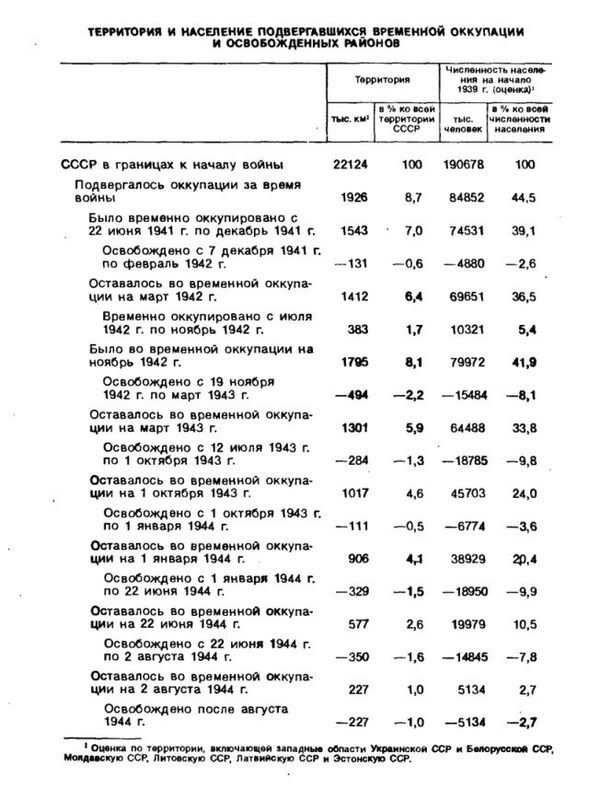I think this “conversation” is pretty useless since the “soviet/russian” sources are so different from any other country on the planet - and also we are dealing with extremely complex issues.
And sorry for the “not clear” message.
But that is pretty theoretical number. 
I have seen in some studies that soviet citizen got 1500-1800 calories.
Some persons in Ghetto did work and survived with 186 calories.
German soldiers got 2200 calories per day in 1941 (when the situation was still very very good) and they marched whole day with very heavy packages. Later the calories were cut heavily, and still the soldiers could do their heavy jobs carrying machine guns etc.
Many soviet soldiers tell that when they were wounded, they badly needed to get back to the frontline from the hospitals because the frontline was the only place to get food.
And even many soldiers from elite soviet formations tell how they sometimes were 5 days without food supplies, and were told that after attacking and capturing german supply locations they would get food.
5.000.000.000 kg / 1460 days / 190.000.000 people = 22,8 gramm per person per day
Well, area germans captured had 40% of soviet population, so I think:
170.000.000 people (=Russian population according the 1.1.1939 census (1937 census had to canceled because 20-30 million soviet persons were mysteriously lost :-DD and some say the real number in 1939 was 140 million but I’m nice here and use 170 mil so you get 30 million extra)), minus those who died 23.000.000, minus those in sieged cities 3.000.000, minus lost population 68.000.000, minus old and useless who got only 200grams per day 20.000.000, minus relocated minorities which according to the official soviet documents often got only 340 grams per day 2.000.000 == ~54,000,000
“The Soviet Union has not produced enough foodstuffs to cover its own needs for a long time. The food supplies from the US to the Soviet Union are not enough to cover the shortages. As a result, civilian rations are far too small. Even favored industrial workers get less than two pounds of meat a month. In large cities, there is no milk, and butter is available only rarely. An English pilot, recently returned from the Soviet Union, told similar things to “Daily Express.” Among other things, he reported that the old and those to weak to work no longer receive meat or other essential foodstuffs. All they get is dried bread, about 200 grams a day.”
So,
I’m nice and counting full 1460 days.
And I’m not counting in all the minorities.
And I’m not counting all those soviet workers not getting proper rations (read some interviews people, most workers didn’t get too much food).
5.000.000.000kg / 1460 days / 54.000.000 == 63 grams per person.
I do not think that is anything to dismiss, for some people it was 30% of their food.
But, all this is getting pretty silly… And it would take too many hours to provide source for every number, and to find all the research done on the issue.
I’ll try to reply more if I have free time some day.
_



